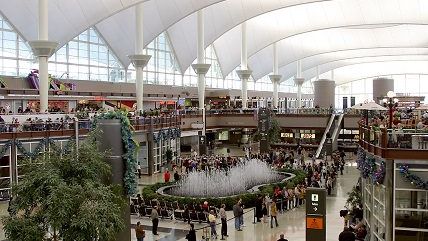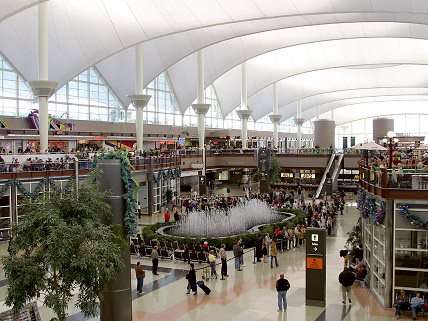Jacob Sullum: Colorado's Shadow Tourist Boom


For cannabis consumers accustomed to the black market's meager selection and iffy quality, Colorado's state-licensed dispensaries are a revelation: dozens of strains, each with a distinctive bouquet, fresh enough that you can smell the difference. Denver-area budtenders, who say tourists account for most of their recreational business, are used to amazed reactions, reminiscent of the scene in Moscow on the Hudson where Robin Williams, playing a Soviet defector, encounters an American supermarket for the first time. But once a visitor settles on a gram of Budderface or a quarter-ounce of Cinderella 99, he has a problem: Where can he smoke it? It turns out there is no easy answer to that question.
Colorado's cannabis consumption conundrum illustrates a broader pattern in the state's approach to marijuana regulation. Amendment 64, the 2012 ballot initiative that legalized marijuana for recreational use, declared that "marijuana should be regulated in a manner similar to alcohol." But in several important respects, including rules for advertising, packaging, sales, and consumption, the state's treatment of marijuana is quite different from its treatment of alcohol.
To some extent, this divergence reflects marijuana's continued federal illegality. But it also reflects the attitudes of government officials, many of whom view the newly legal industry as distasteful and embarrassing.



Show Comments (0)